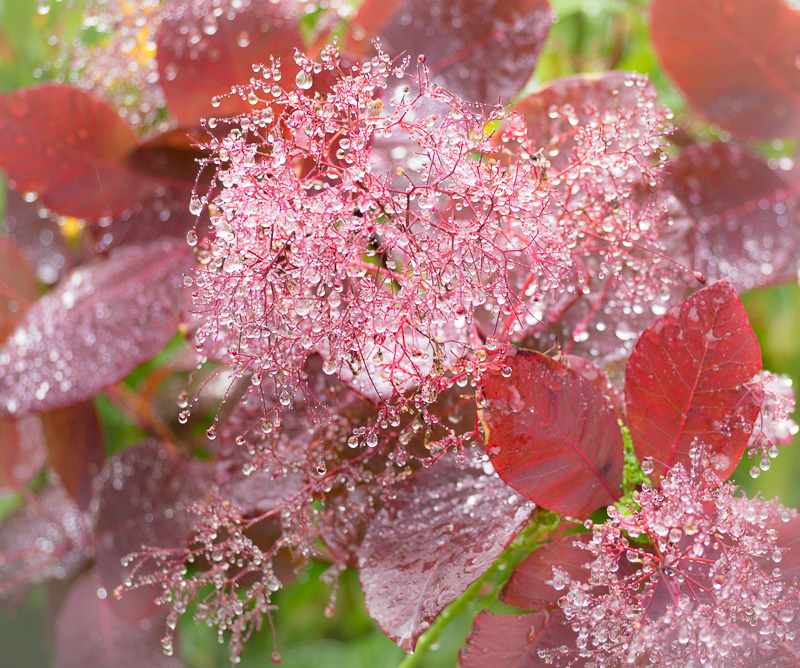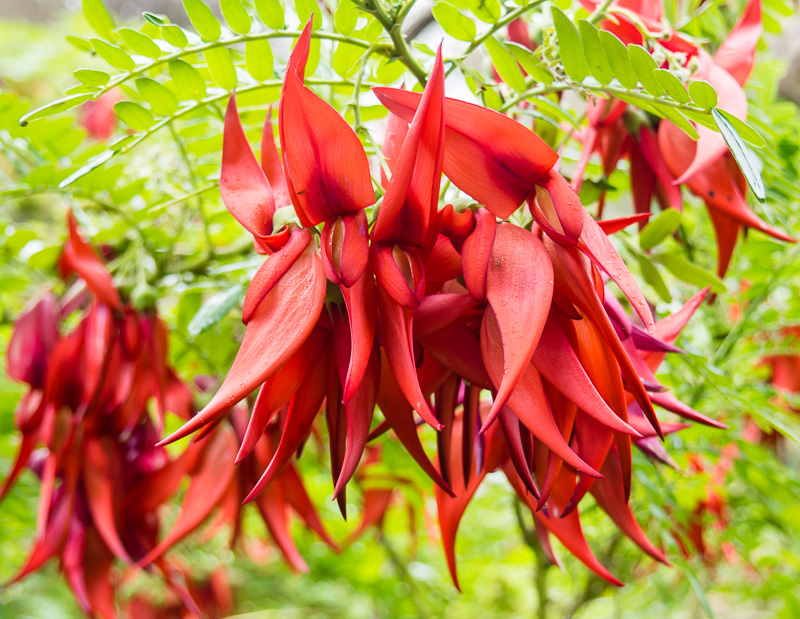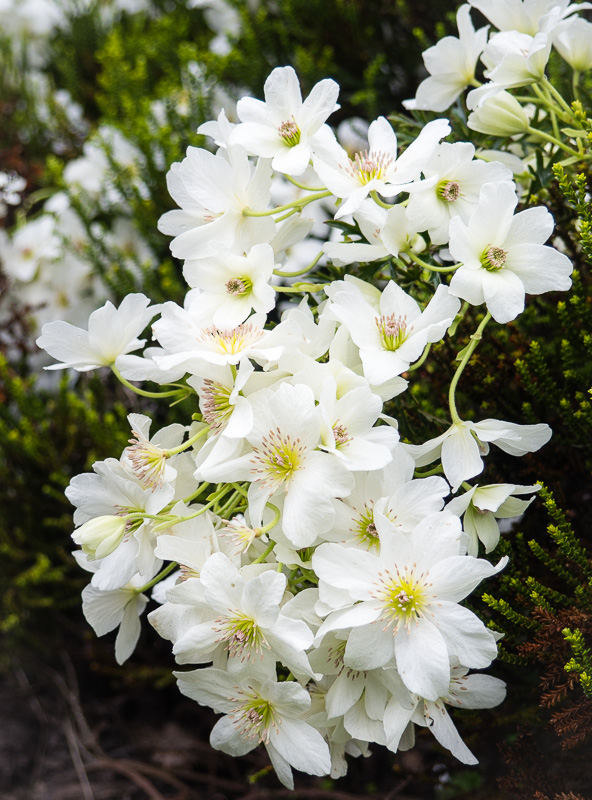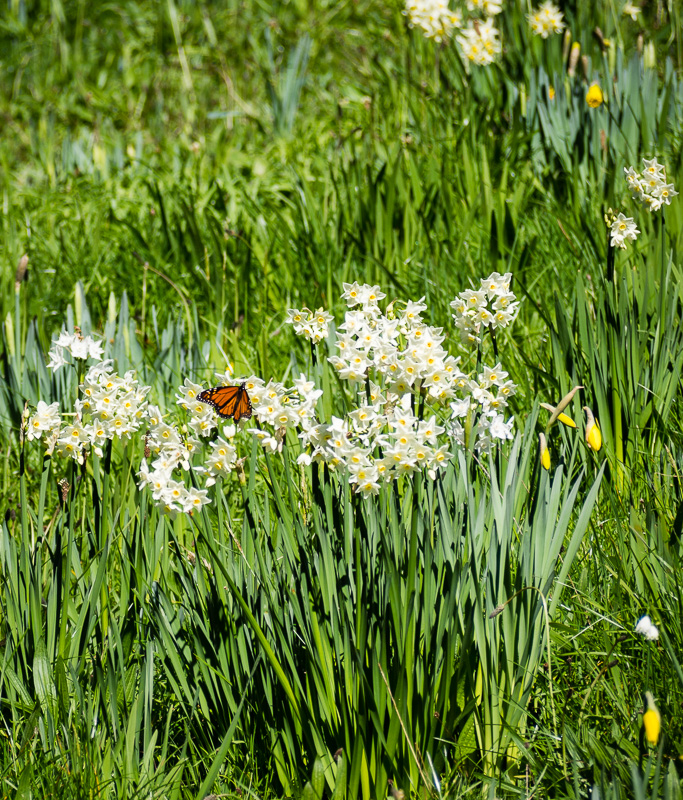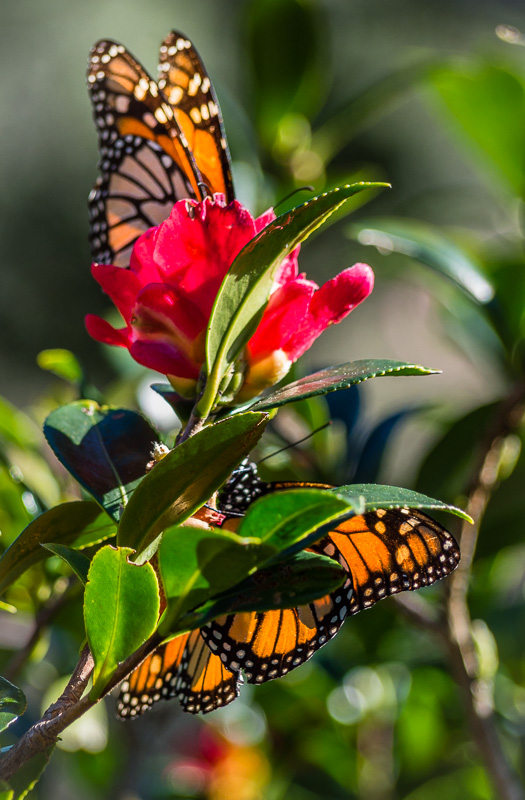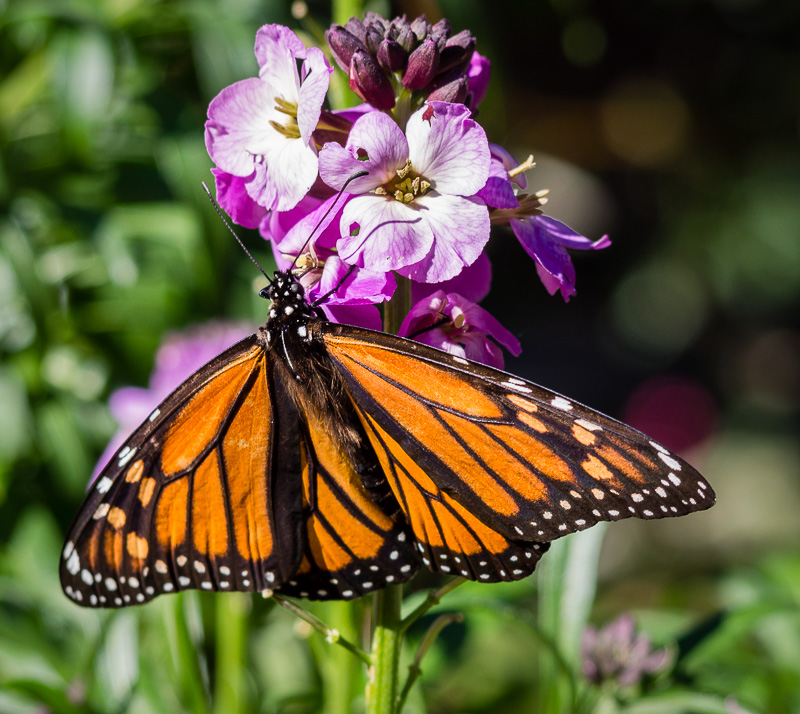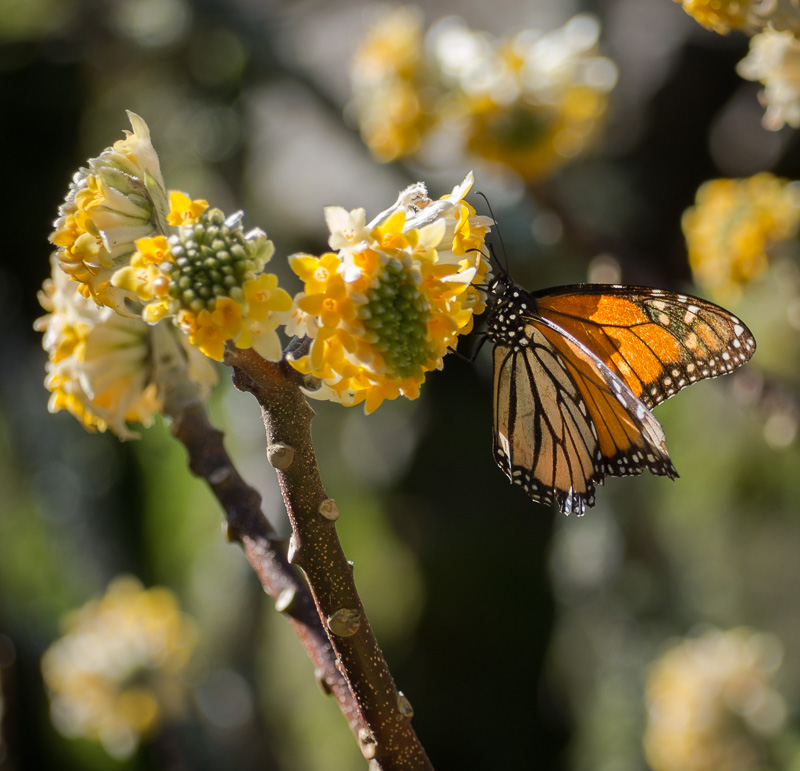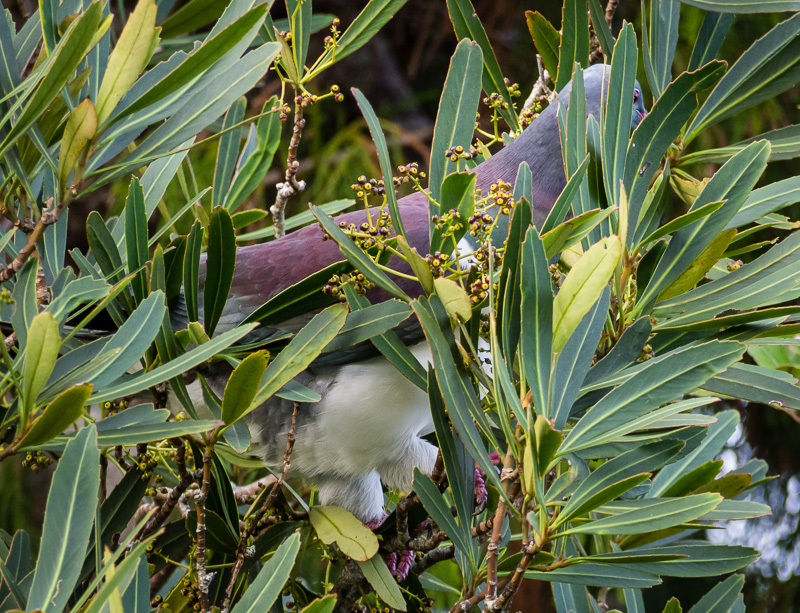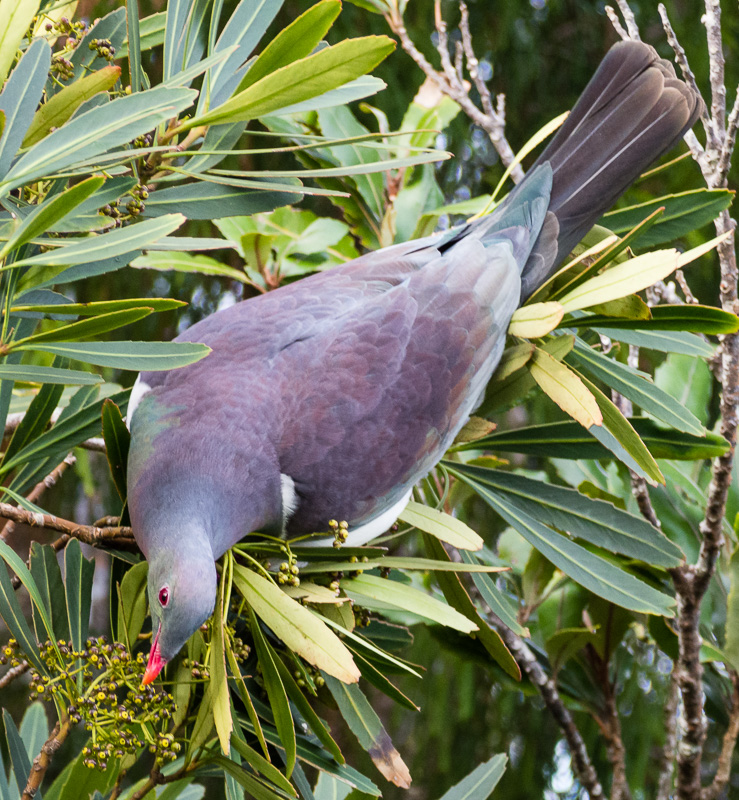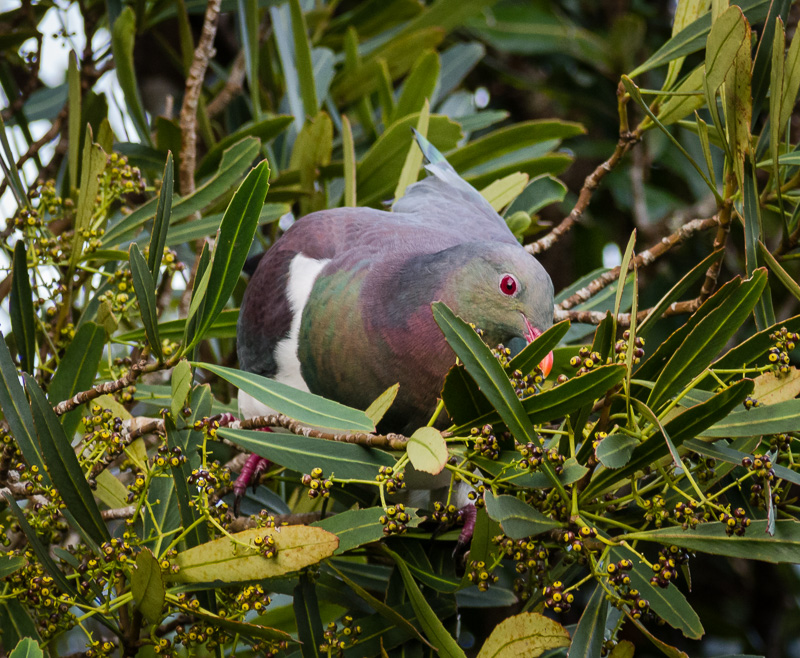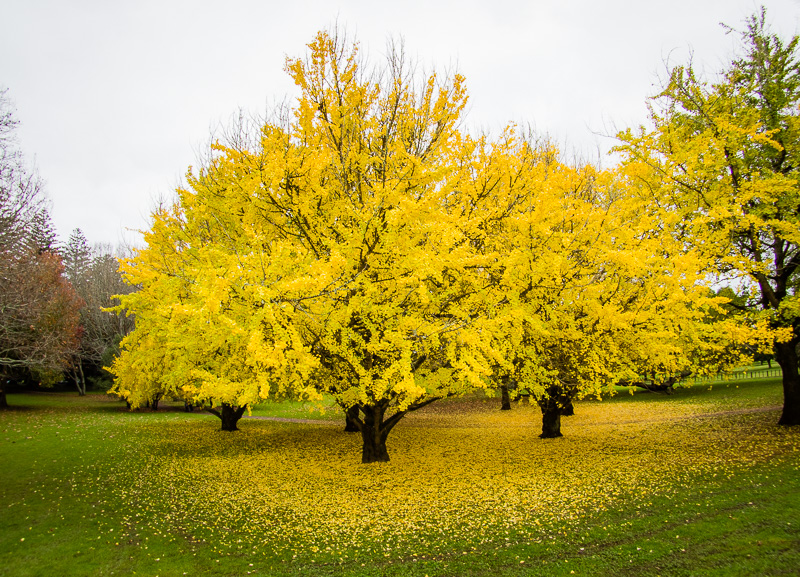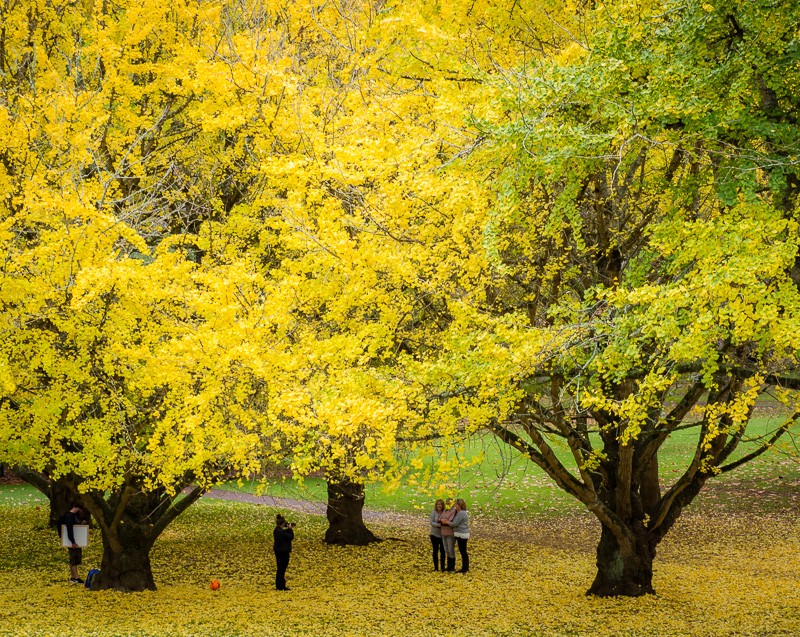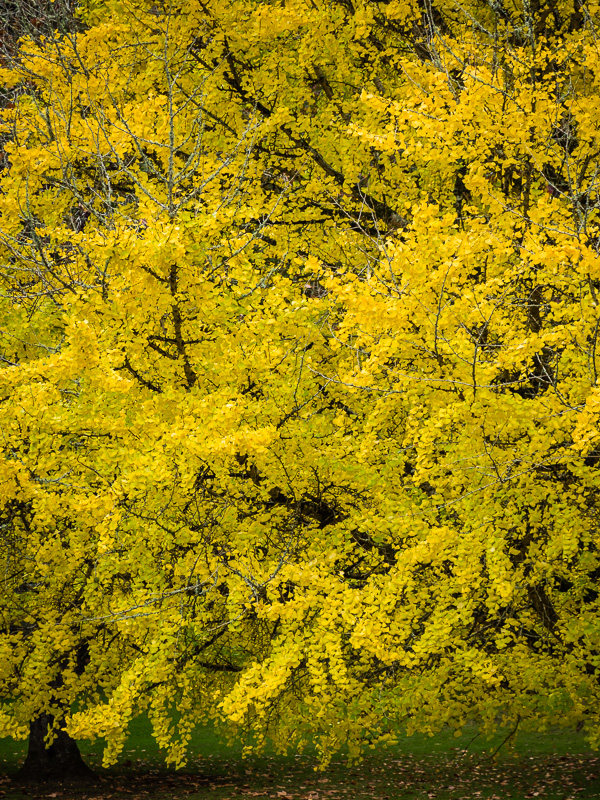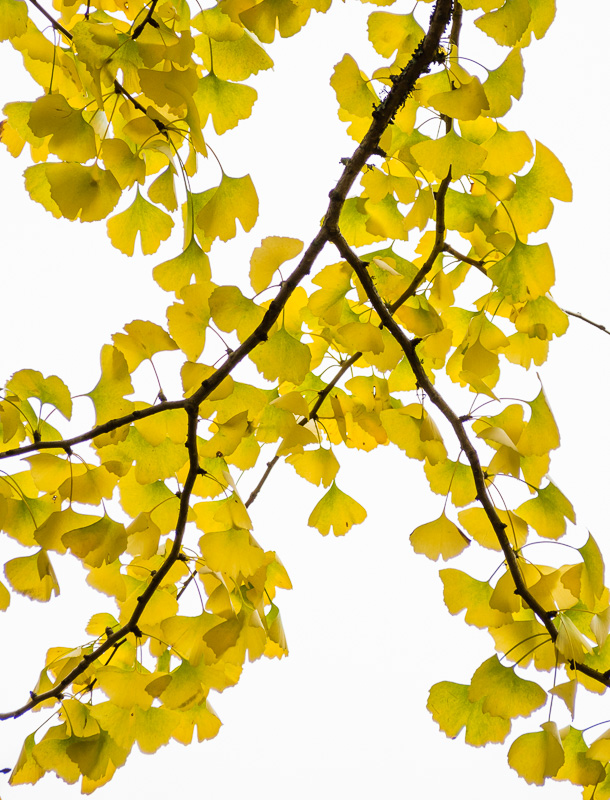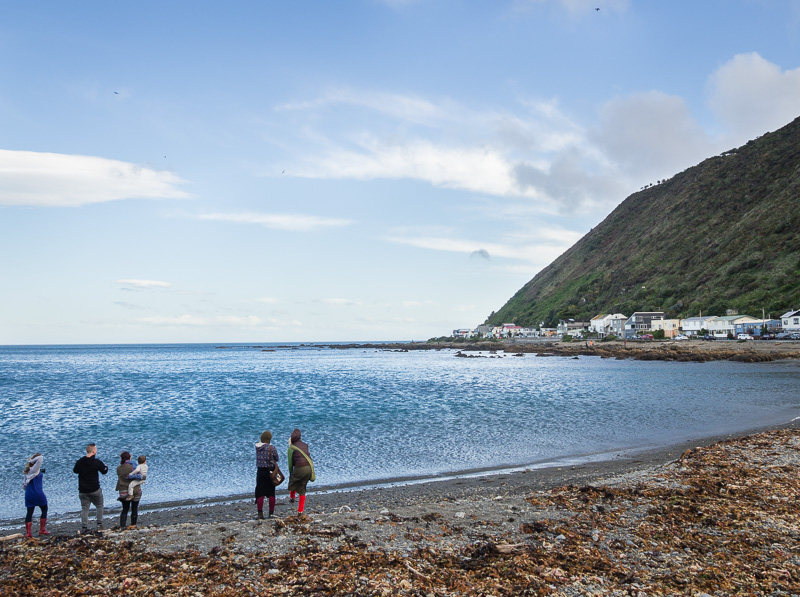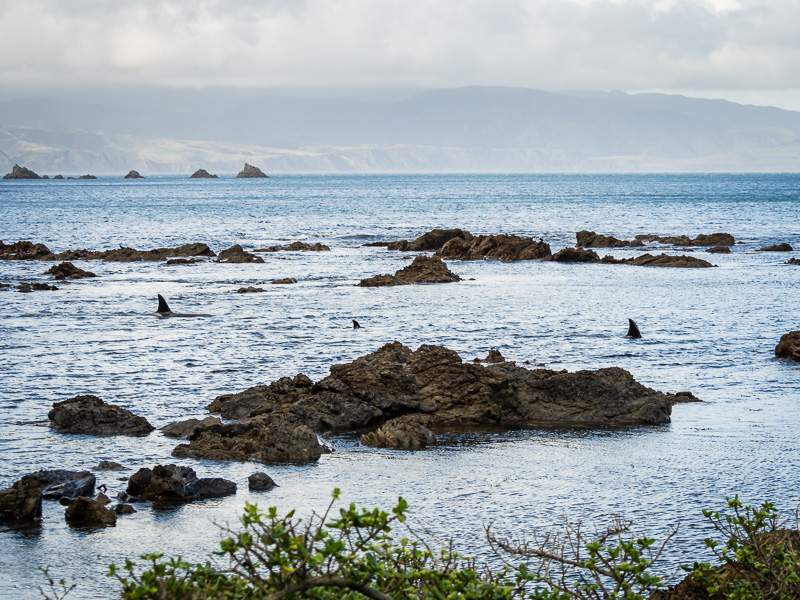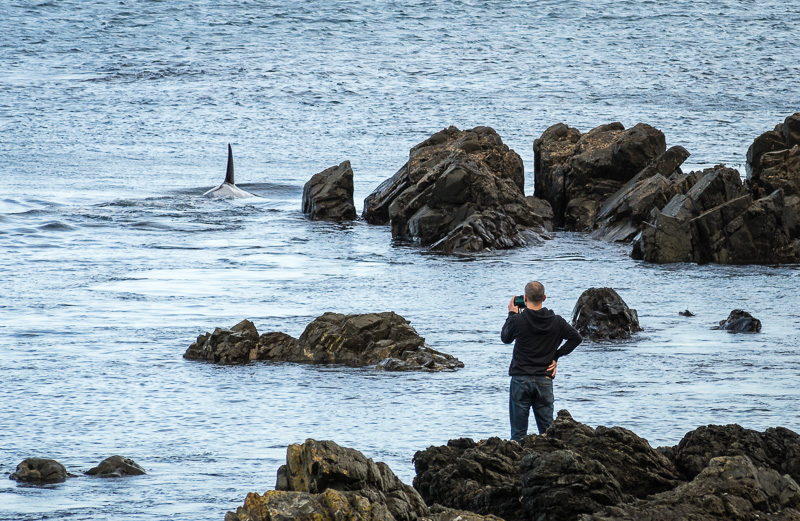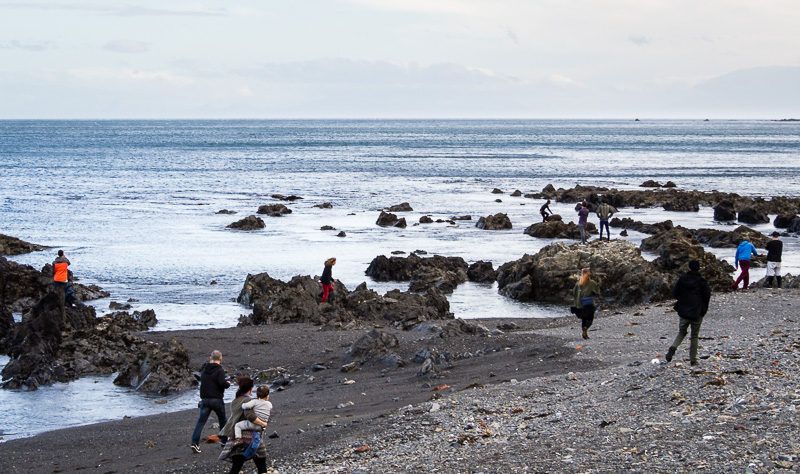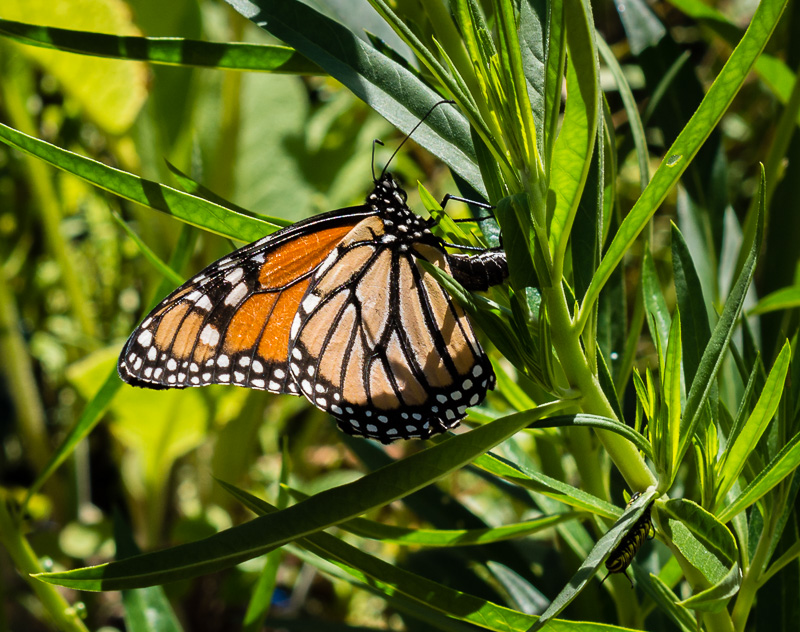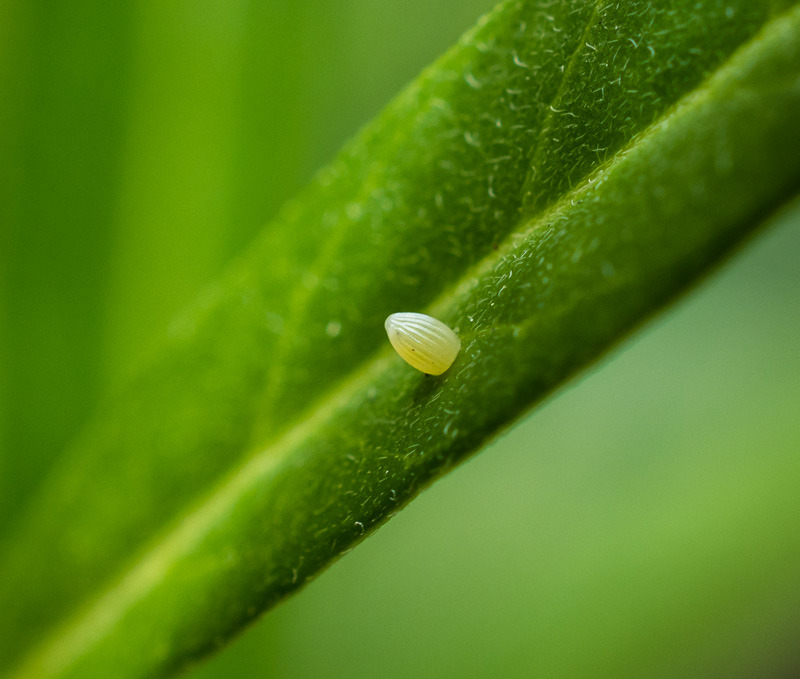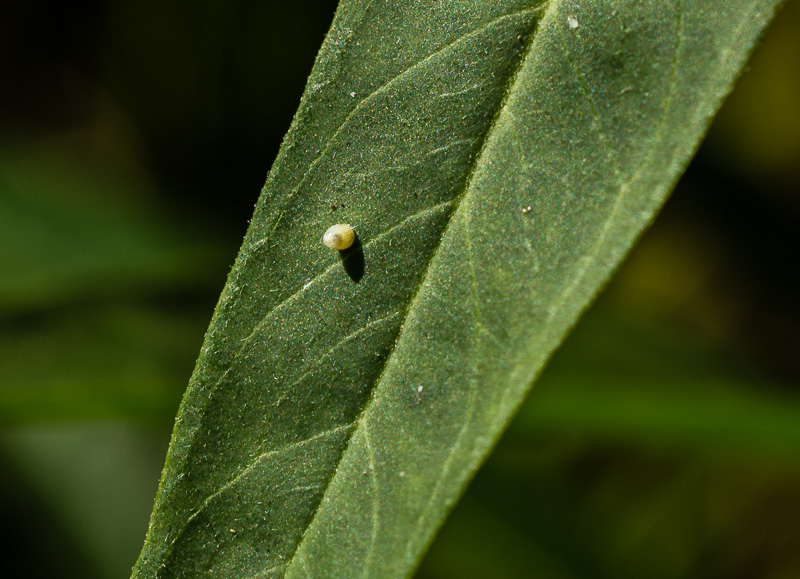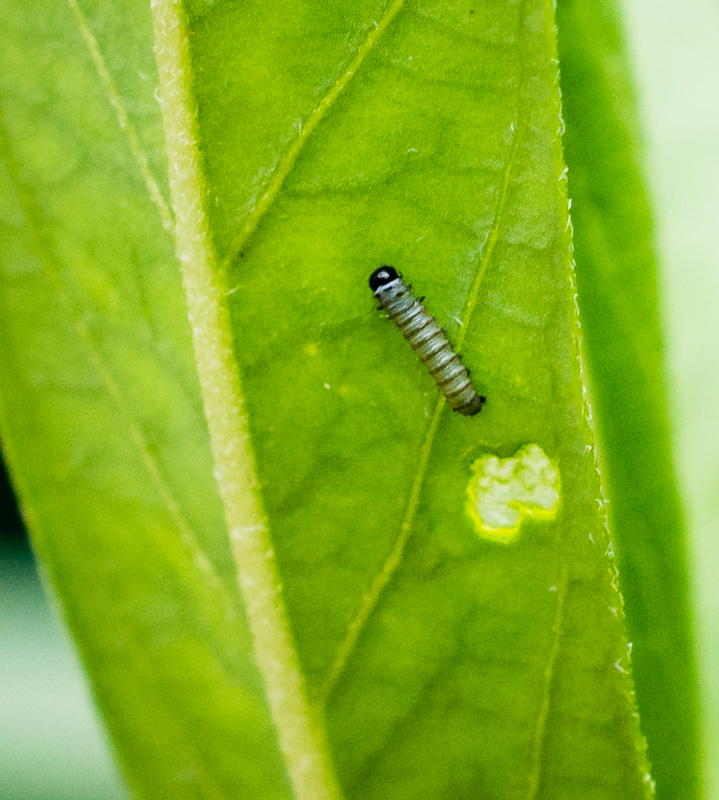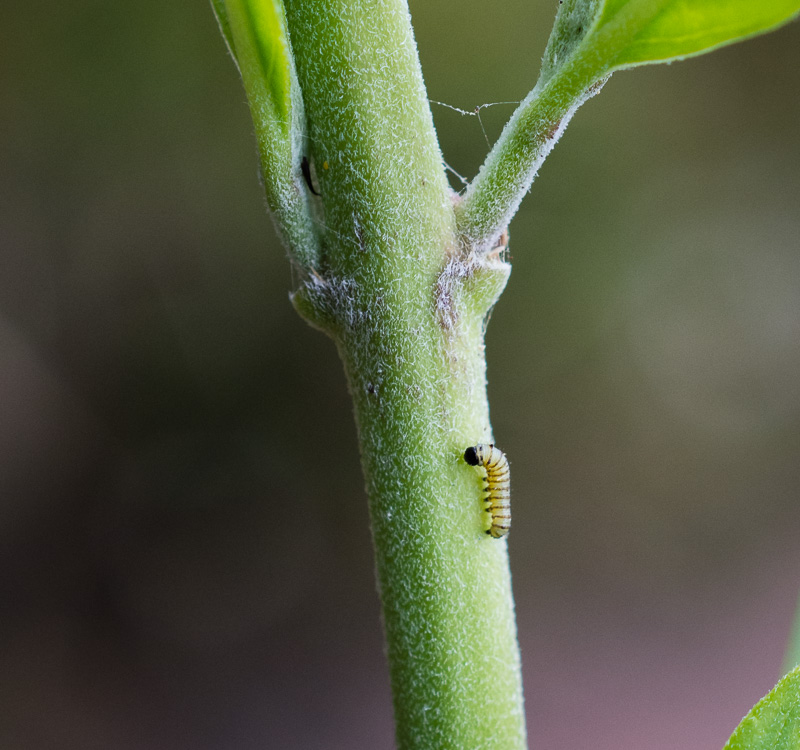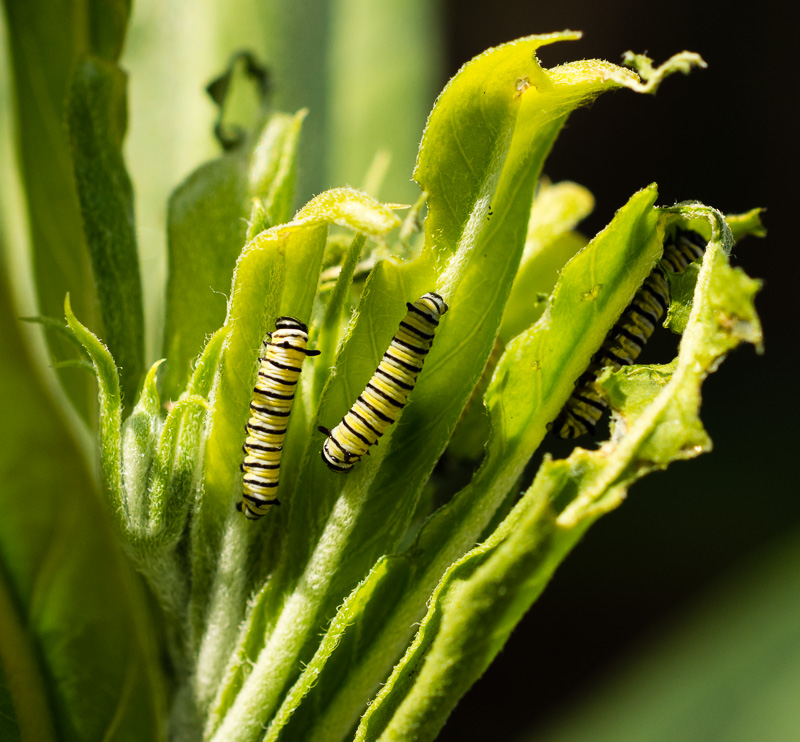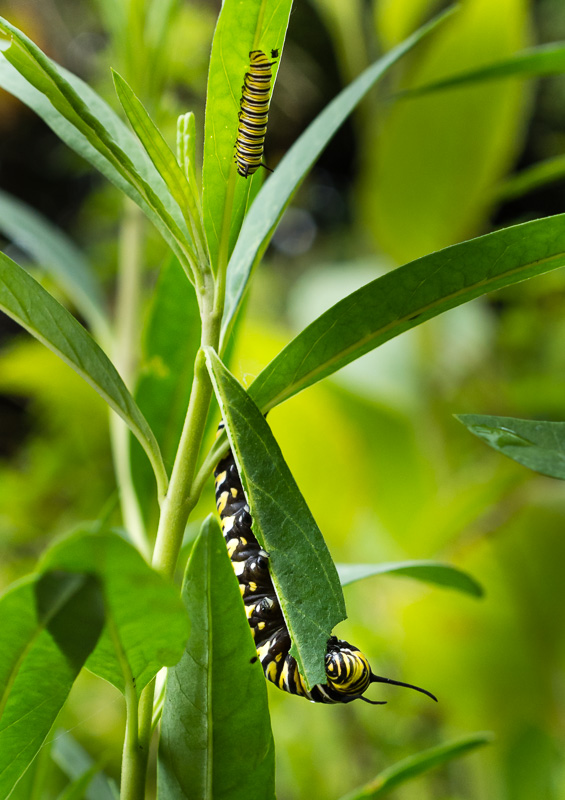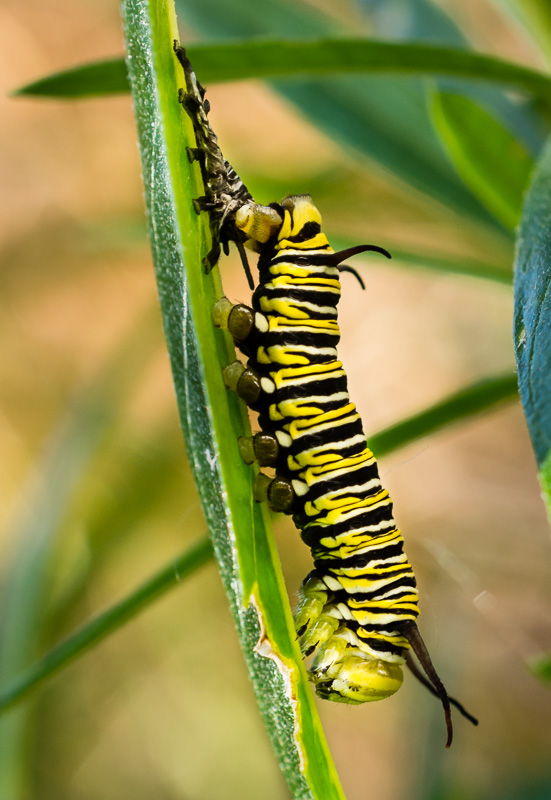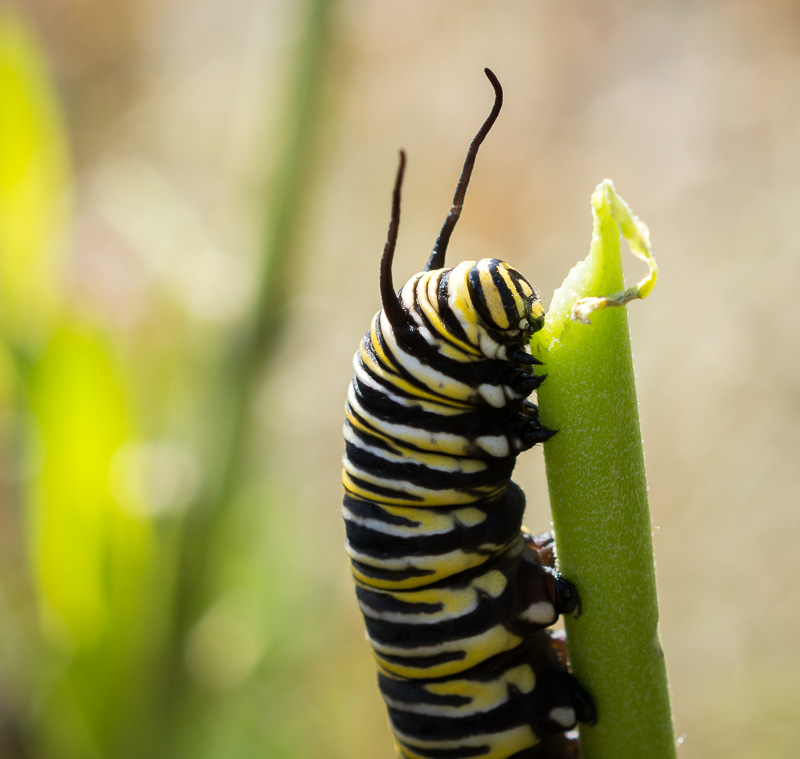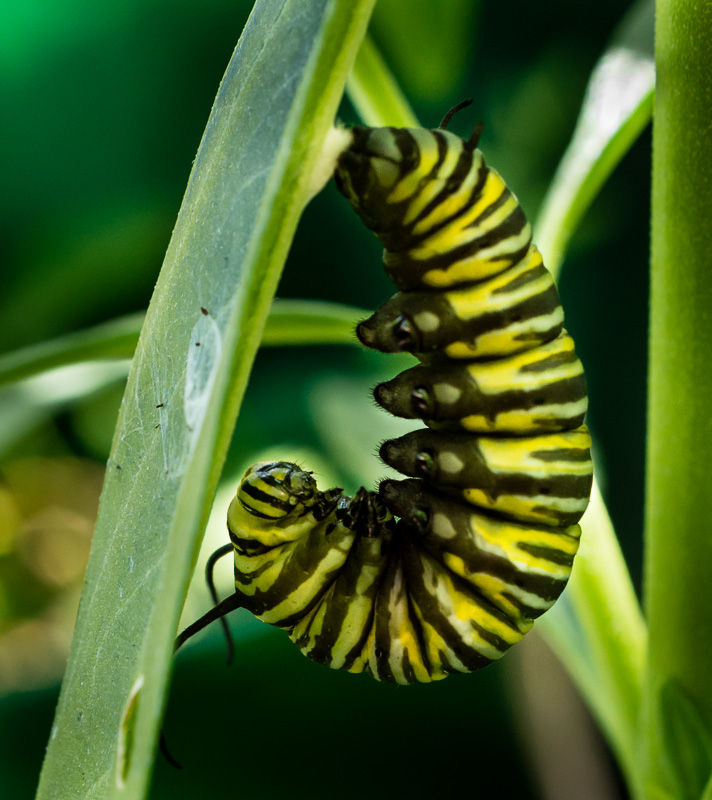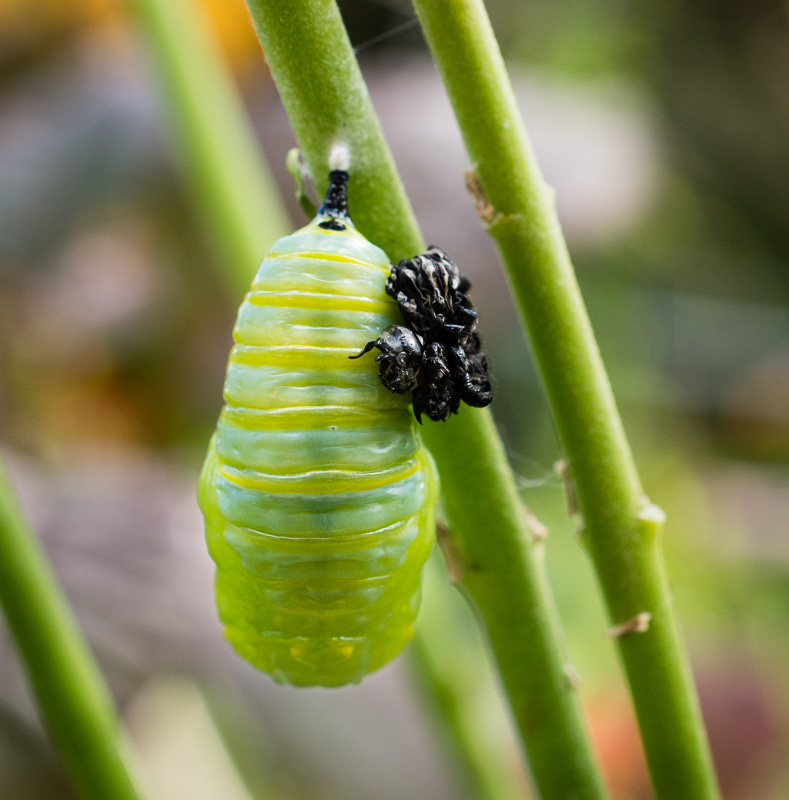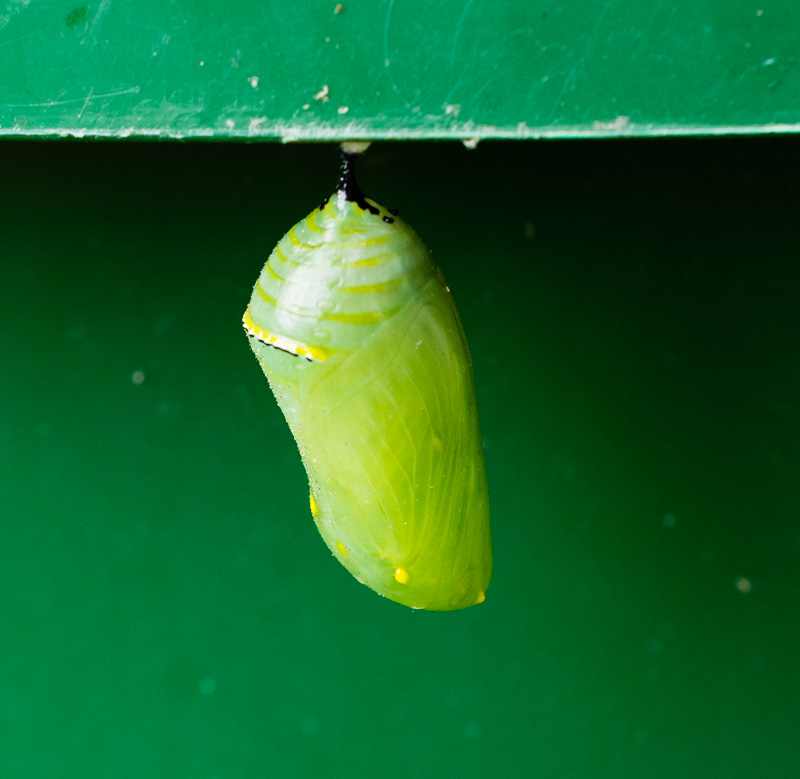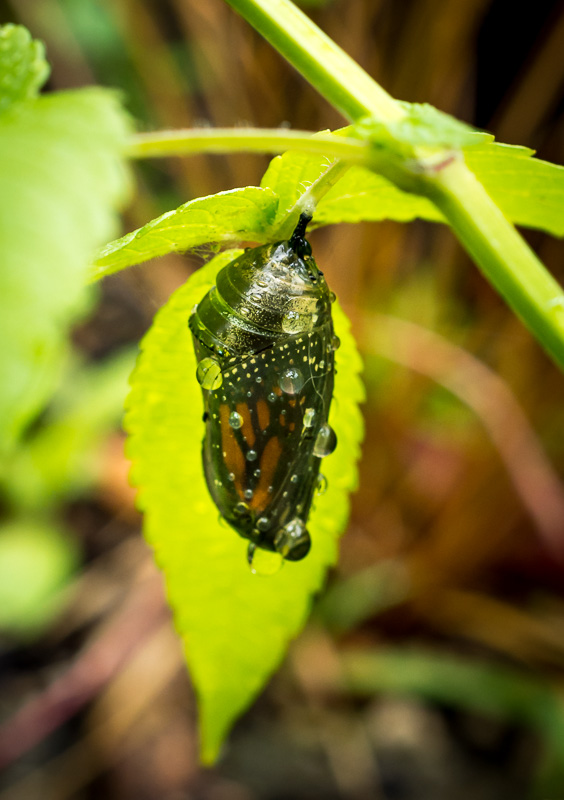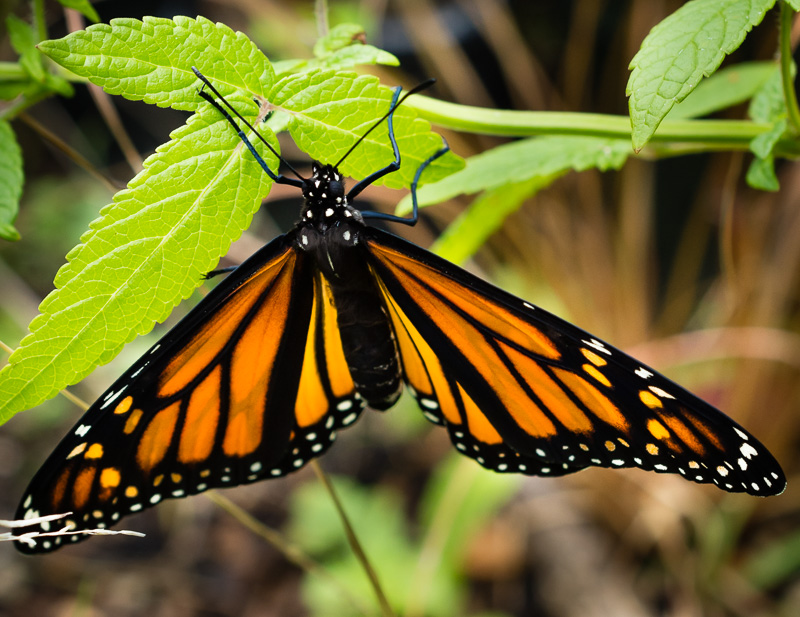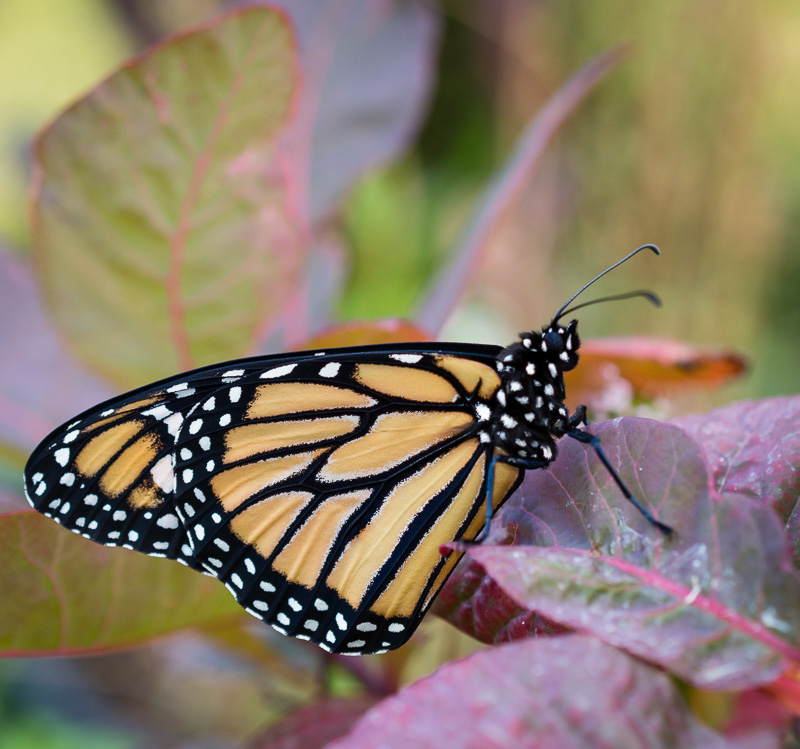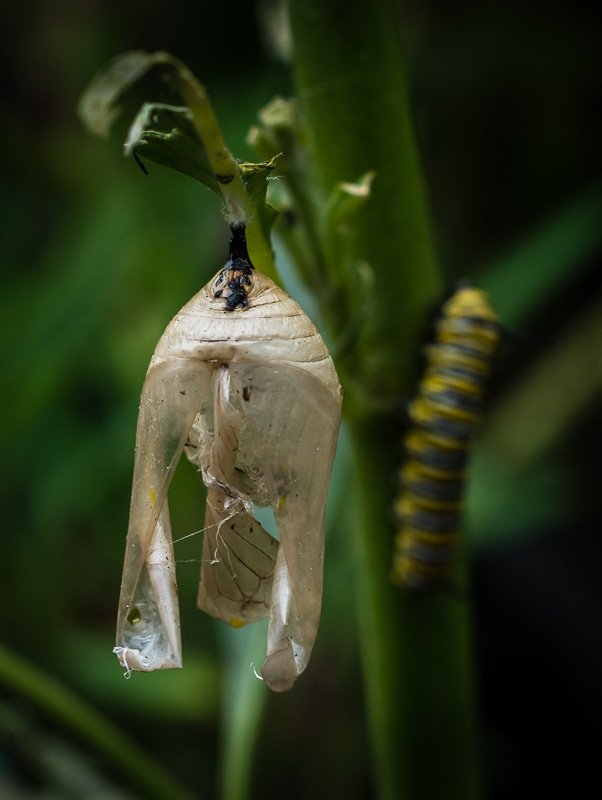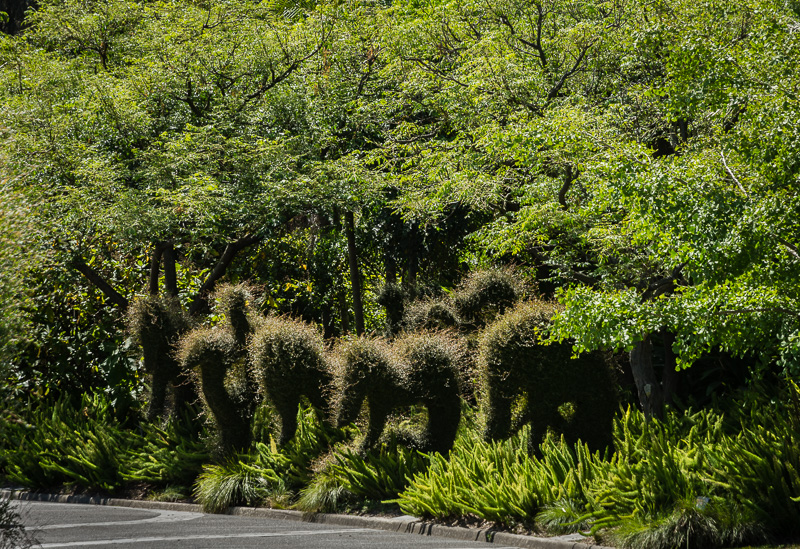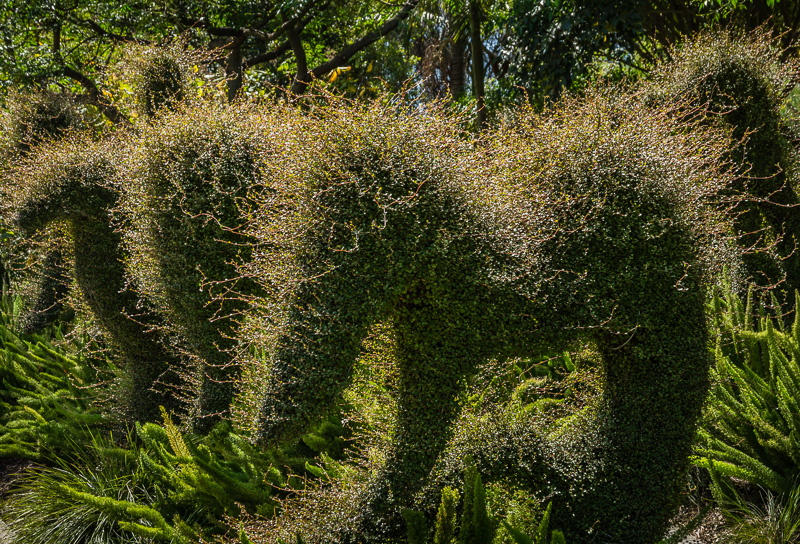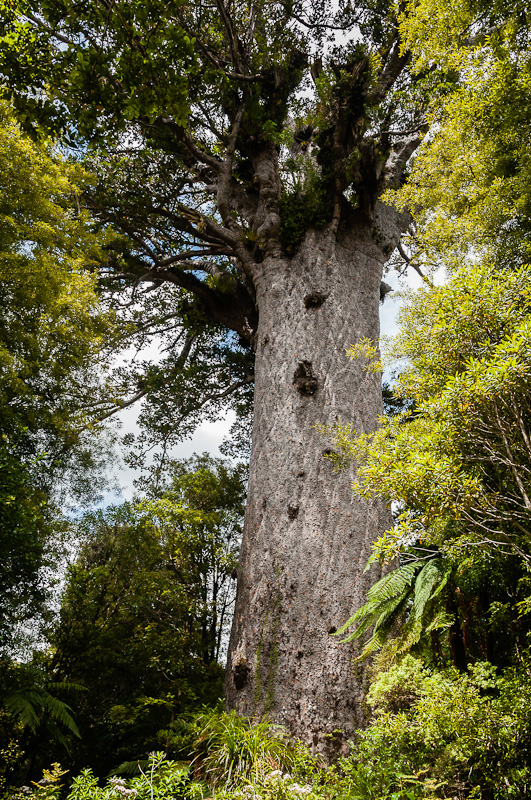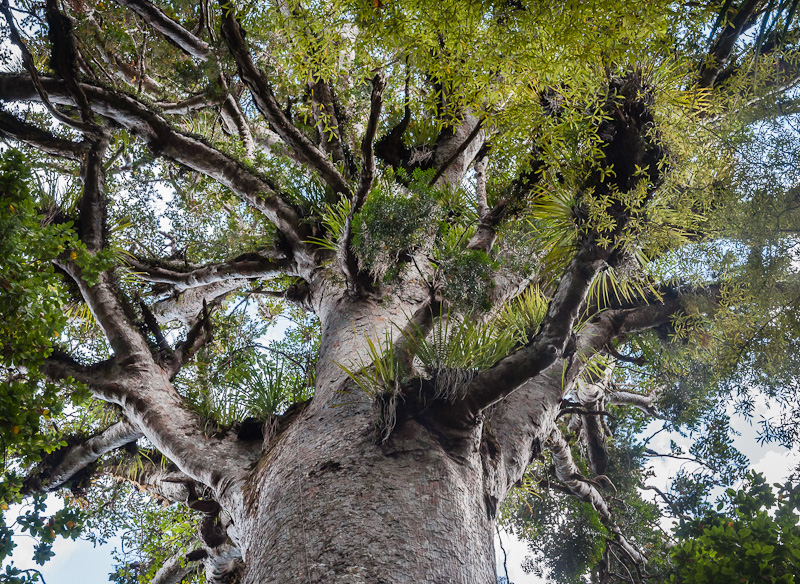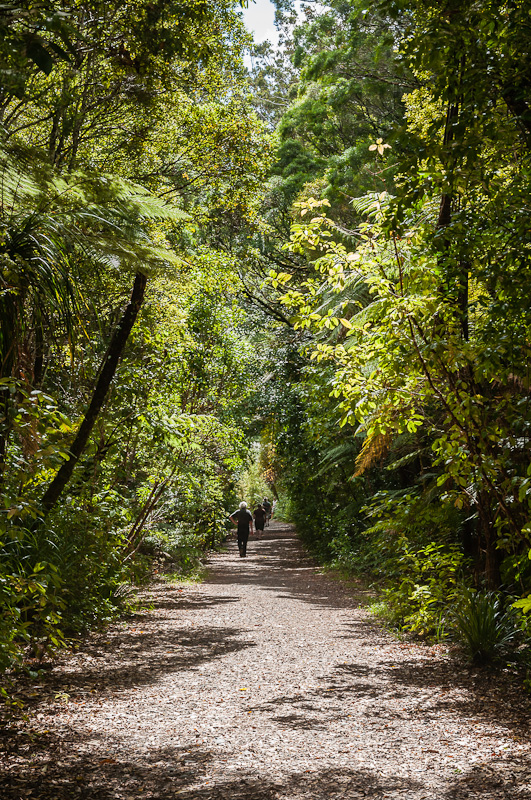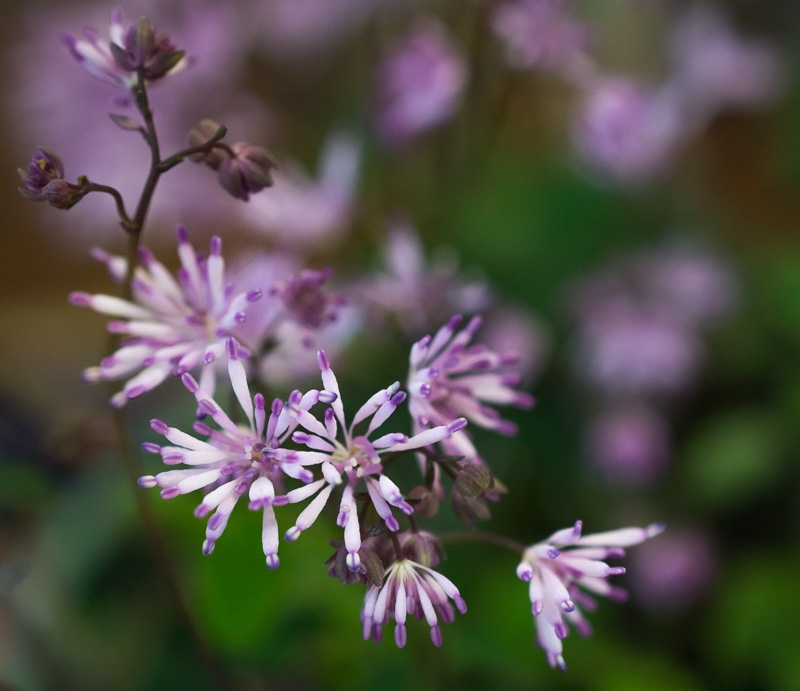But the future of the kauri is uncertain. 4 million acres of forest were here. They have been reduced to 18,000 acres of forest with the vast majority of those trees having been felled or destroyed by European settlers from 1820 on, with surges of such destruction occurring in the late 1800's and 1920's to 30's. Even as recently as the 1960's the government was facilitating logging of pristine kauri forest. The wood is fine grained, hard, and beautiful. Because the trunks are straight and unbranched to a considerable height, kauri were valued for use as masts and spars for sailing ships. You would think that such special timber would be valued. But it was wanton destruction - about half of the enormous volume of timber from the felled trees was burned.
Now the kauri is threatened by kauri dieback a disease specific to New Zealand kauri, caused by Phytophthora agathidicida. It kills kauri trees, and it is untreatable and spreading.
What are we doing? On one hand there are efforts to stop further spread of the disease - eg protection of the vulnerable roots around those trees that we visit to admire, special walkways and stations for cleaning shoes to stop the spread of the infection. And on the other hand, there has been a weakening of the law that identifies trees that should be protected. So an apparently healthy urban kauri growing in an area where dieback is present had no protection when the people who bought the land on which it grew sought permission to fell it and other substantial trees, in order to build a house. If it has resisted dieback it is very precious and may help the fight against the disease. Too bad - concern and protest and occupation by tree-sitters delayed but did not stop the destructive intent of these people. It has been ring-barked - a cruel injury which means there is little chance that it will survive.
So, wasteful colonial attitudes do seem to persist to this day. And a government which removes protections previously in place for such trees seems like a blast from the past too.

